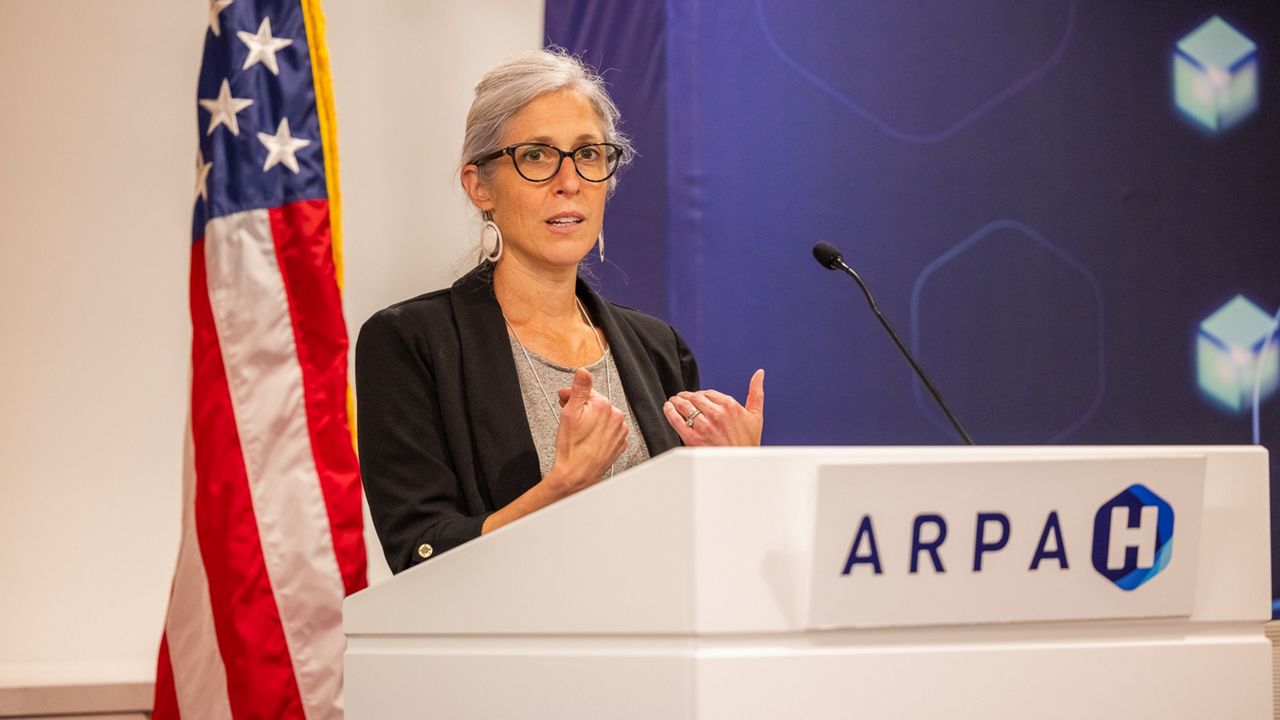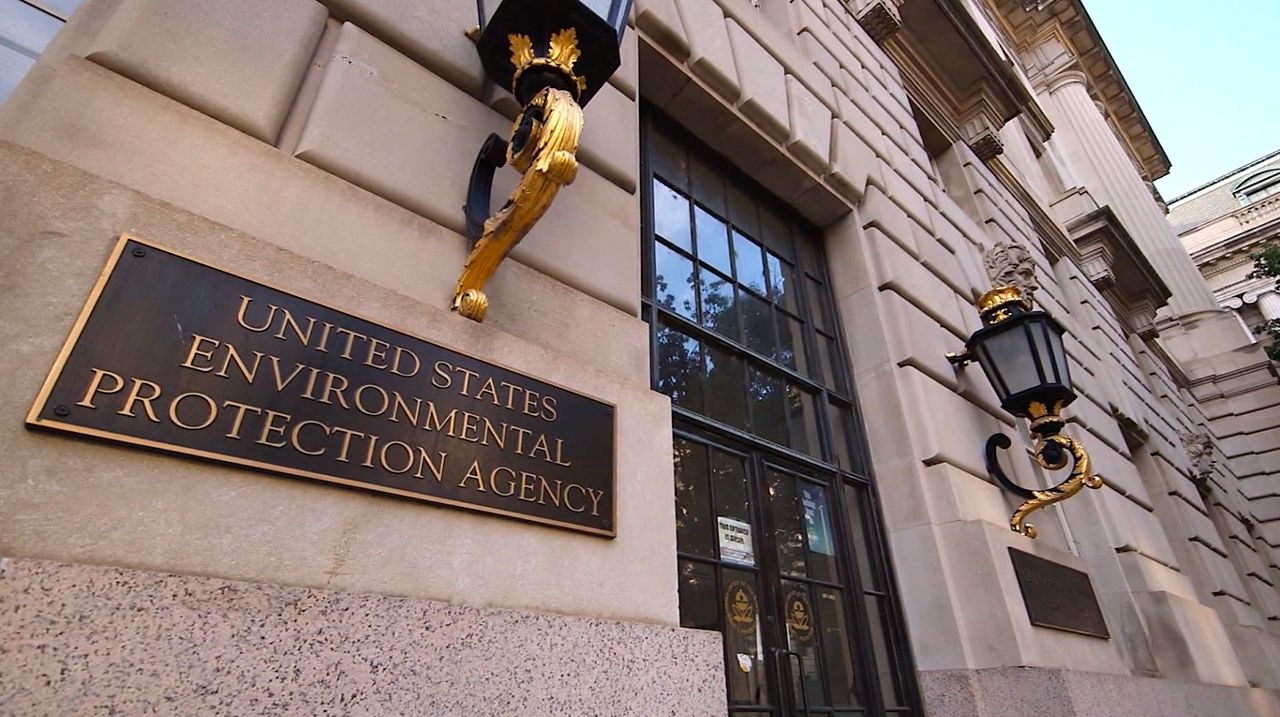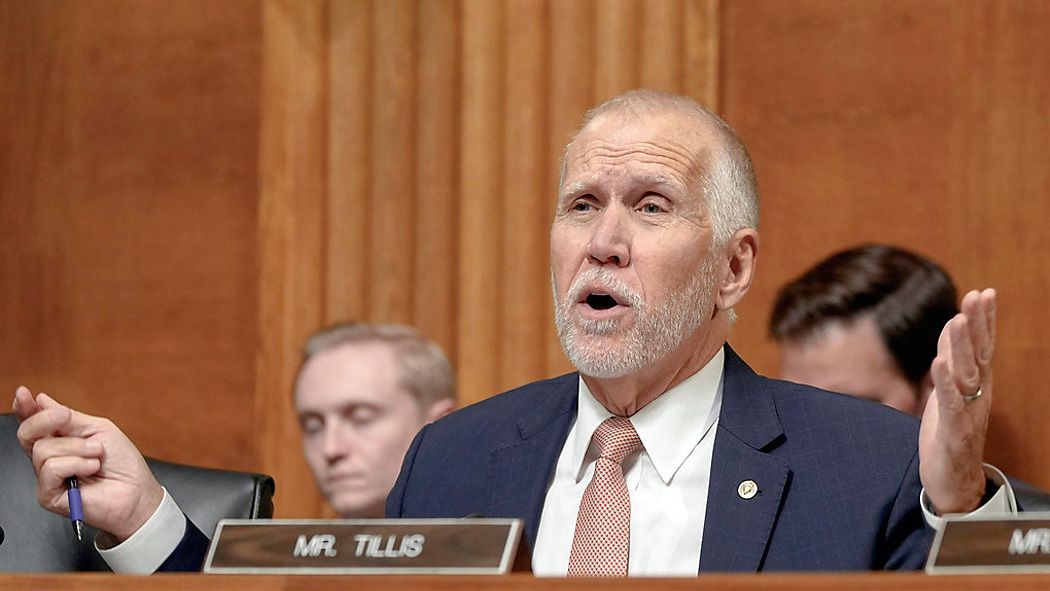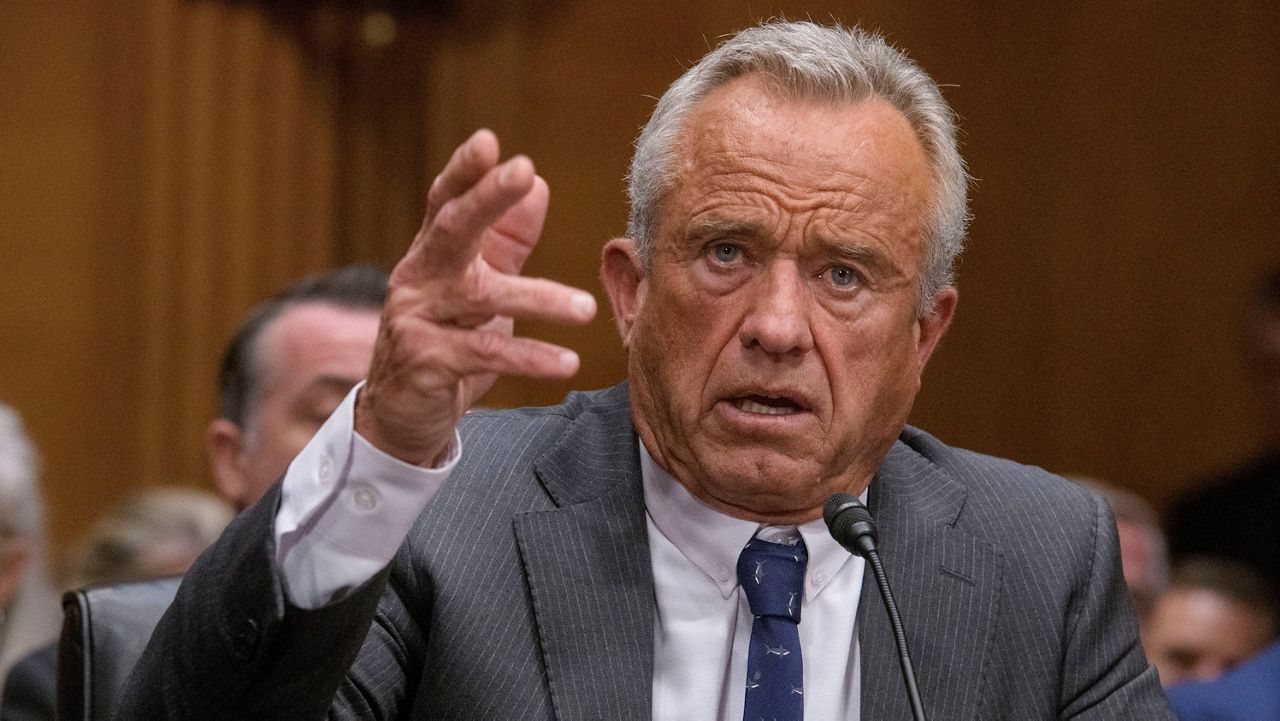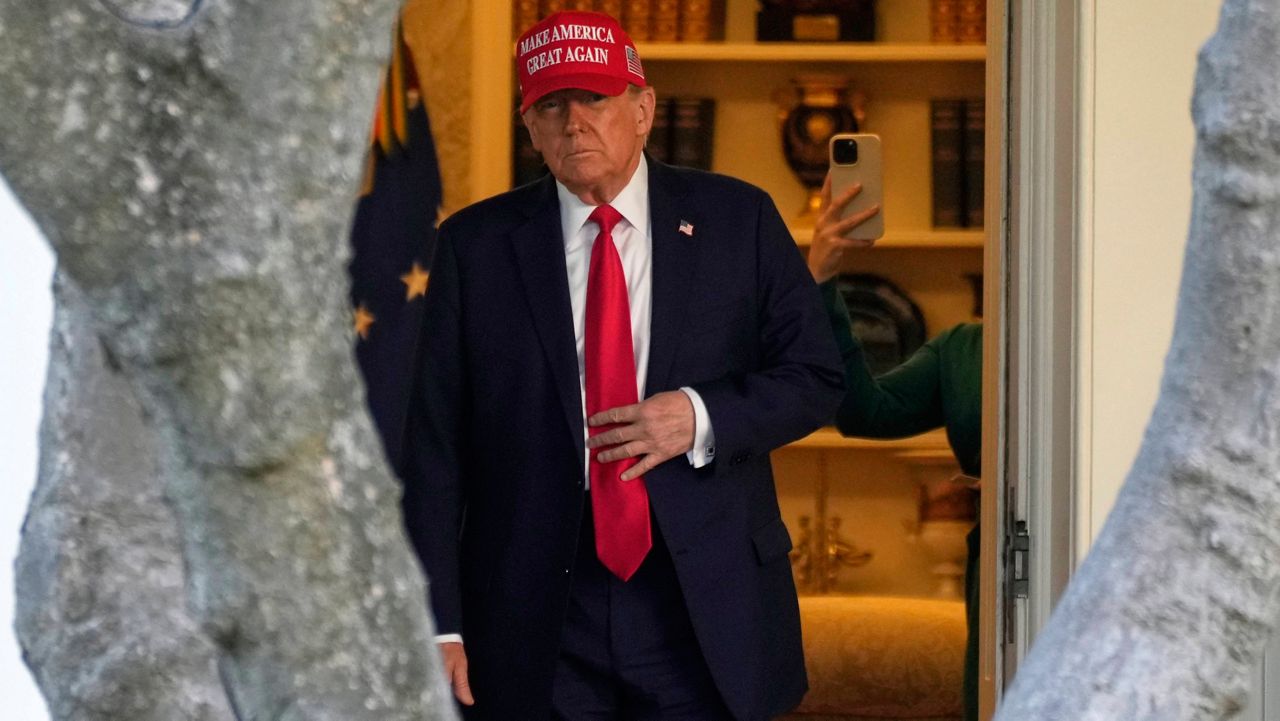The U.S. Forest Service is responsible for reducing the threat of wildfires and for fighting them across large parts of the nation.
But the agency is facing staffing cuts that advocates warn could have a major impact on the nation’s forests and environment.
Western North Carolina is a place once considered a climate haven, but recently it’s faced the brunt of severe weather.
The region is still in the early stages of recovering from the remnants of Hurricane Helene, and wildfires have only exacerbated the challenges.
“It’s highly concerning and at the same time it expresses the need to do something, and to better create resilient forests,” said North Carolina-based environmental group Dogwood Alliance program director Adam Colette.
But the agency tasked with overseeing forests in the region and around the nation is in turmoil.
“Morale is at an all-time low in the agency,” said National Federation of Federal Employees business representative Matthew Brossard.
In February, Brossard said 3,400 probationary employees at the Forest Service were laid off, part of the Trump administration’s sweeping downsizing.
Following a court order those workers were hired back in March, but the concern is that many employees will choose to leave, and other cuts could be coming.
“Our support staff in the fire side of the Forest Service is not usually fire employees, it’s everyone else,” Brossard said. “So if they start gutting the agency even more, that support isn’t going to be there, and it’s going to put public safety at risk.”
But it’s not just concerns about cuts — there also are fears about where the agency is headed.
In February Agriculture Secretary Brooke Rollins announced Tom Schultz would take over the Forest Service, saying he would “work to execute the agenda of President Donald J. Trump to make America’s forests healthy and productive again.”
Schultz doesn’t come from the Forest Service; he led timber procurement operations at a lumber company.
“It just really sends the wrong message, and it really couldn’t come at a worse time,” Colette said.
In March the president signed an executive order immediately expanding American timber production.
Colette said the moves accelerate a troubling shift by the Forest Service in recent decades.
“Become more and more driven by and aligned with industrial logging interests and aligned with utilizing our national forests as kind of like a savings bank… and seeing that as well ‘here’s how much timber, here’s how much board feet we can get from the forest,’ rather than thinking about this as a public service and a public good,” Colette said. “When you start to degrade the quality of the forests, those impacts from extreme weather events increase."
It’s why Colette said he wants the Trump administration to instead expand and invest in forests because he said older, more mature forests are much more resilient to wildfires than a forest that’s been recently logged, which is quick to burn.








